Picture creating enormous bubbles or bubbles inside bubbles. Launch rockets, tea bags, or aeroplanes far into the sky. Visualise causing explosions, changing colours, or uncovering hidden messages using basic mixtures.
You do not need magic for this. It is all science you can do at home, with ingredients you already have. So, next time you need an indoor activity on a rainy day or a DIY project to get their minds working, try one of these best at-home science experiments for kids, which cover topics like chemistry, physics and more.
Some Easy Science activities for preschoolers
- Milk painting
Milk paint is an enjoyable way to teach kids about chemical reactions. Pour milk into a dish, add food colouring, and dip a cotton swab in dish soap. Touch the milk with the soapy swab and see the colours swirl and mix. This science activity for preschoolers shows how the fat in the milk interacts with the soap.
- Oil and water
Pour water into a glass and add some food colouring. Then, pour oil into the glass and watch as the oil sits on top of the water. Explain why oil and water do not mix and how they create separate layers because of their different densities.
- Invisible ink
Create hidden messages with lemon juice as invisible ink. Soak a cotton swab in lemon juice and write on a piece of white paper. Allow it to dry fully. To uncover the message, warm the paper near a light bulb or candle (under adult supervision). The heat will make the lemon juice oxidise and change colour, revealing the message.
- Homemade slime
Creating slime is a fun way of understanding polymers. Mix glue, baking soda, and contact lens solution to make a stretchy, slimy substance. Include food colouring or glitter for added enjoyment.
- Sink or float
Show kids how things float or sink by experimenting. Get different stuff like a toy car, a sponge, and a rock. Guess if each thing will sink or float in water. Try it out and talk about what happened. This will help kids learn about density and why some things float and some things sink.
- Make a rain cloud in a jar
Pour water into a clear jar and add shaving cream on top to make a cloud. Drip food colouring onto the shaving cream and see the “rain” fall through the cloud and into the water.
- Lava lamp experiment
Create your lava lamp to learn about density and chemical reactions. Put water and food colouring in a glass, then pour in oil. Add an effervescent tablet like Alka-Seltzer and see the colourful blobs move up and down as the tablet reacts, making a lava lamp effect.
- Walking water science experiment
Set up six cups in a circle, pour water into every other cup, and mix in food colouring. Put a folded paper towel strip between each pair of cups. Eventually, the coloured water will climb up the paper towels and fill the empty cups, demonstrating capillary action.
- Water xylophone fun
Make a water xylophone by filling glasses with different levels of water. Tap each glass with a spoon to hear different sounds.
- Inflate a balloon with baking soda and vinegar
This experiment is a fun way for kids to learn about chemical reactions and how gas is made. Put vinegar in a bottle, then put baking soda in a balloon. Cover the bottle with the balloon and watch as the baking soda mixes with the vinegar. The reaction creates carbon dioxide gas, blowing up the balloon.
- Floating dry erase marker
Make floating art with an easy project. Using a dry-erase marker, draw shapes on a smooth, non-porous surface (such as a plate). Gently pour water onto the plate and observe as the drawings rise and float on the surface.
- Fireworks in a jar
Pour warm water into a jar. In a bowl, mix oil with food colouring. Carefully pour the oil mixture into the jar of water and observe the colours blending like fireworks.
- Catapult STEM activity
Create an easy catapult with popsicle sticks, rubber bands, and a spoon. Allow kids to try launching small items such as cotton balls or marshmallows.
- Make oversized bubbles
Make huge bubbles using a DIY bubble mix. Combine water, dish soap, and some glycerin or corn syrup. Utilize a big loop made from a string or wire hanger to create big bubbles. This enjoyable experiment showcases liquid properties and surface tension.
- Baking soda and vinegar reaction
Put baking soda in a bowl and mix in some food colouring. Add vinegar to the mixture and observe the colourful bubbling. This experiment helps us learn about acids, bases, and gas formation.
- Watch rice dance in the water
Pour water into a glass and mix in a couple of tablespoons of baking soda. Put in a few grains of rice and pour in some vinegar. The baking soda and vinegar will react and make carbon dioxide bubbles that stick to the rice, making it move up and down in the water.
- Learn what dissolves in water
Collect salt, sugar, sand, and flour. Guess which ones will dissolve in water and which ones won’t. Try each one by mixing it into a cup of water and watching what happens.
- Blow bubble towers
Combine water, dish soap, and a small amount of glycerin or corn syrup to create a bubble mixture. Provide kids with straws to blow bubbles onto a smooth surface, prompting them to build high towers.
- Grow a paper towel rainbow
Pour water into multiple small cups and add different food colouring to each one. Then, put a strip of paper towel in each cup. As time passes, the colours will move up the paper towel and mix, making a rainbow pattern.
- Seed germination
Discover how plants grow through germination. Put a wet paper towel in a see-through plastic bag and include some seeds (such as beans). Close the bag and stick it on a window. Watch the seeds as they start to grow over a few days. This interactive project teaches kids about plants and what they need to thrive.
It is essential to integrate basic science experiments into the preschool curriculum to enhance a child’s cognitive development. These activities not only add an element of enjoyment to learning, but also promote skills such as critical thinking, problem-solving, and teamwork. At Mother’s Pet Kindergarten, preschoolers are engaged in different types of interactive and enjoyable activities that make learning joyful!
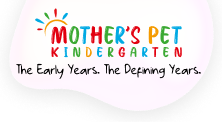
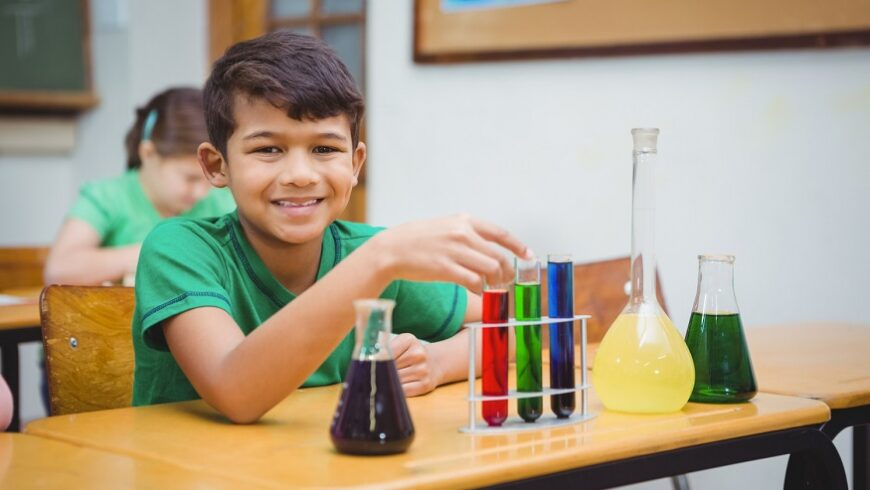
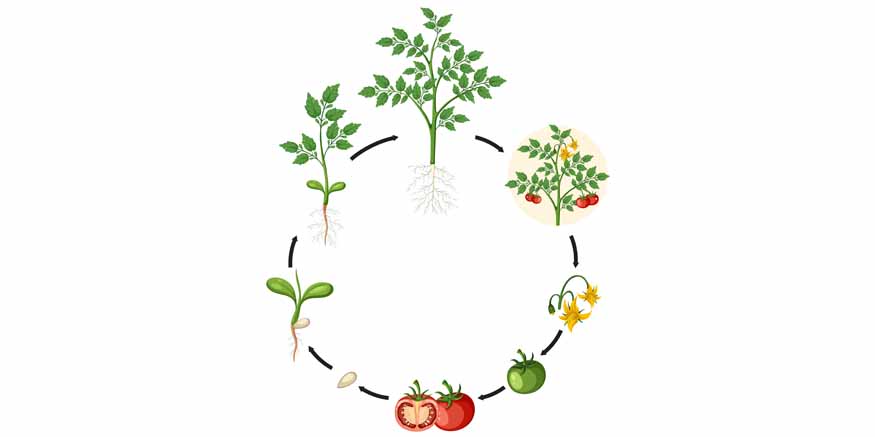
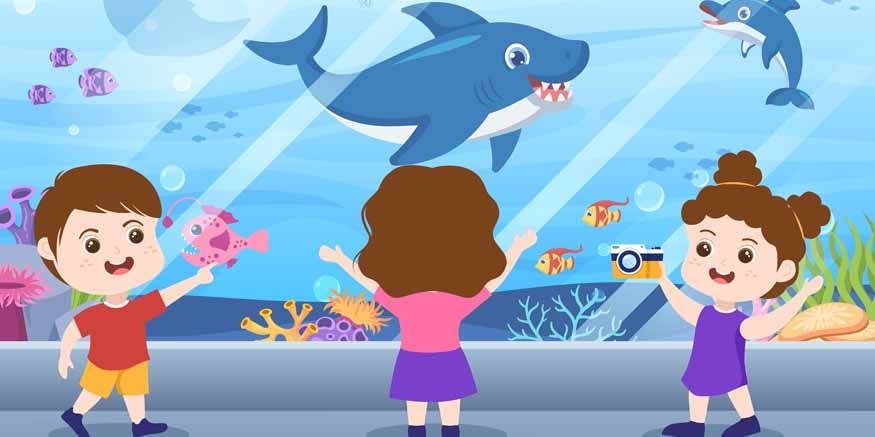
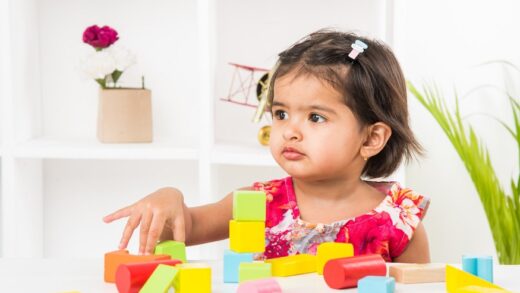
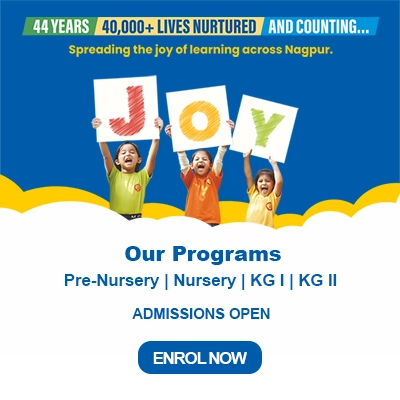
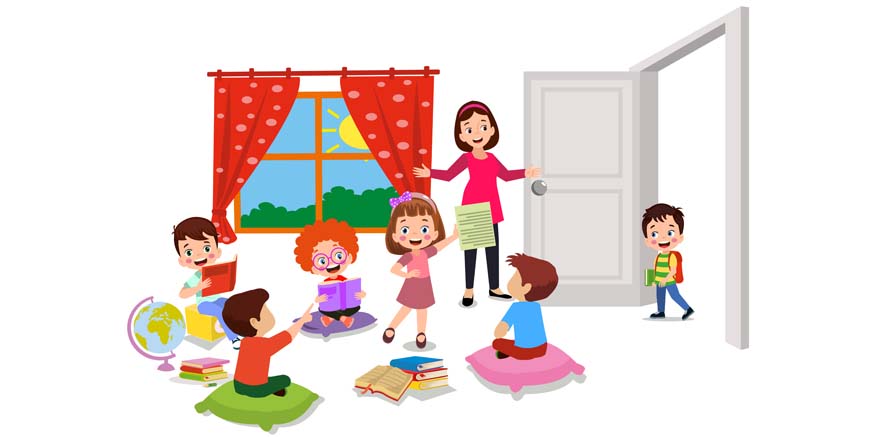
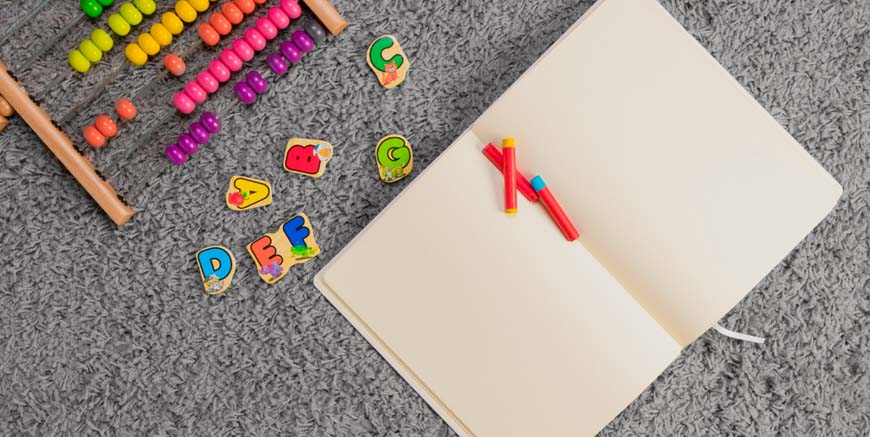
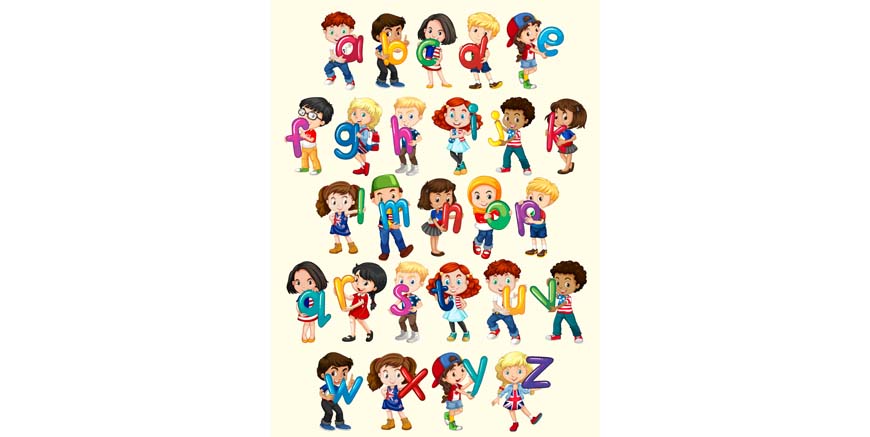
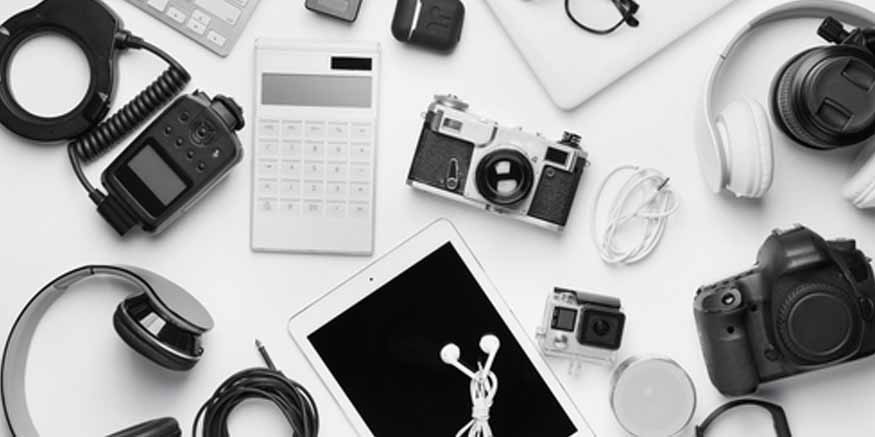
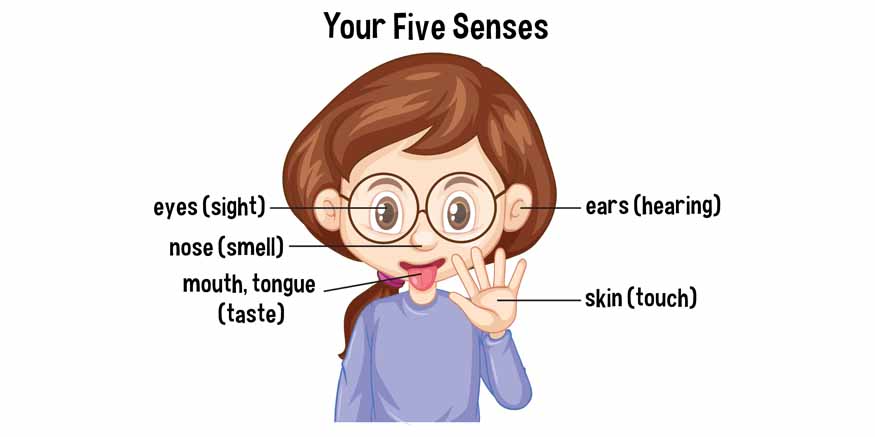
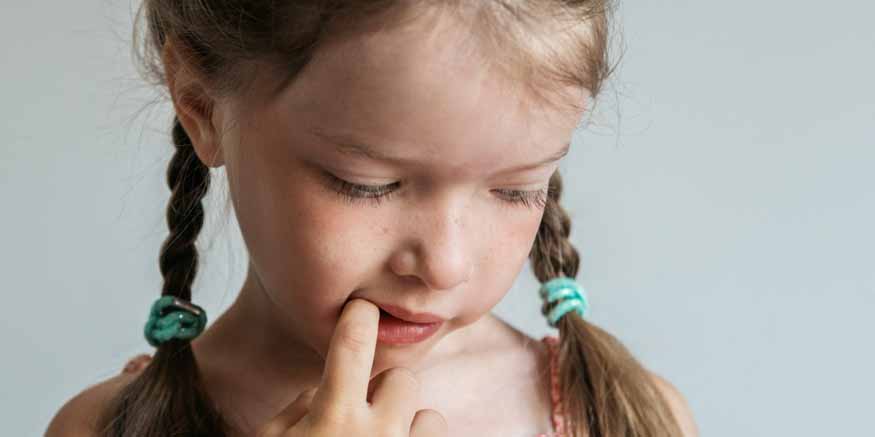
Recent Comments